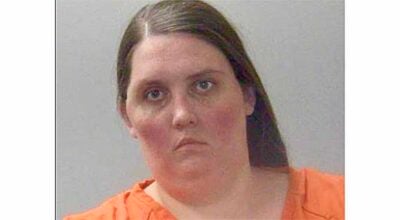With 1,000 COVID-19 patients, Alabama doctors ask ‘what does it look like two weeks from now?’
Published 9:35 pm Monday, July 6, 2020
The number of COVID-19 patients in Alabama hospitals rose to a new high of 1,000 Monday as health officials continued to urge people to wear masks and take precautions amid an uptick in cases.
“We set a record for highs over the holiday weekend, and of course, given the number of people who were out and about over the weekend celebrating, we are certainly concerned about what the next couple of weeks are going to look like as well,” State Health Officer Scott Harris said.
Alabama on Thursday saw the highest number of cases reported in one day, at 1,700, and on Monday had more than 1,000 people hospitalized with COVID-19, the highest number since the pandemic began.
Alabama is recently averaging about 1,000 new cases per day, according to the Department of Public Health. Since the pandemic began, more than 44,000 people in Alabama have tested positive for COVID-19, and 984 people have died after contracting the illness.
Harris and Dr. Don Williamson, the former state health officer who now heads the Alabama Hospital Association, said hospitals are managing, but the trends are concerning.
Williamson said the state has about 300 intensive care unit beds — or 18 percent of the state inventory — available and 893 ventilators available.
“In terms of overall capacity, it looks OK, but I have to worry about the hospitalization trend,” Williamson said. “The question is what does it look like two weeks from now,” Williamson said.
Madison County on Monday became the latest local area to issue a health order for people to wear masks in public. Jefferson County, Tuscaloosa, Montgomery and Mobile already have existing orders or local ordinances requiring masks in some public places.
Dr. Michael Saag, an infectious disease doctor at the University of Alabama at Birmingham who has also had COVID-19, told reporters Friday that he is heartened that more people seem to wearing masks in public, but said it is “extremely frustrating and its incredibly demoralizing” to see people not taking precautions.
“Having had this virus myself and taking care now of a lot people now who have it, I can tell you it is an extraordinarily scary experience that I would want no one else to experience,” Saag said.
“I don’t want to see anybody go through that. Fortunately for me, I was able to survive those eight horrible nights, but at the moment they were happening I didn’t have a clue if I was going to survive into the next morning.”
Harris said nationally deaths from COVID-19 have leveled off somewhat, possibly because more cases are in young people, who are less likely to have fatal complications. He said it is too soon to tell if that is the trend in Alabama because reported deaths typically lag a rise in infections and hospitalizations.
“The numbers indicate that we still have widespread community transmission and I would like to ask everyone to remember that there is a safer at home order still in place. We think people are safer at home, especially seniors or people with chronic health problems. There is a lot of disease circulating and it’s not going to go away anytime soon,” Harris said.
For most people, the new coronavirus causes mild or moderate symptoms, such as fever and cough that clear up in two to three weeks. For some, especially older adults and those with existing health problems, it can cause more severe illness and even be fatal.






